I went to Copenhagen in March 2022, a month after my birthday trip to Amsterdam. For a long time, I wanted to visit Danmark and Copenhagen, I saw almost all the capitals in the north of Europe, and the only one that I was missing was Stockholm. There, I participated in a photographic project organised by Let Me Italian You; they organize events where people from different cultures can share their passion for photography while they are discovering a city.
The program was made with workshops, guided tours of the city and photoshoots in four days. Usually, I travel alone and I organise myself the travel experience, but I like the way that Massimiliano and Gabriele organise these projects and I support their concept. It wasn’t my first time with them, I’ve already been to Krakow, Lisbon and in September of the same year Santorini.
Copenhagen is the charming capital city of Denmark, situated on the eastern coast of the island of Zealand, Copenhagen is not only the largest city in Denmark but also serves as the cultural, economic, and political heart of the country. With a rich history of over 1,000 years, this picturesque city seamlessly blends its historic charm with modern innovations.
Copenhagen is renowned for its stunning architectural landmarks, such as the iconic Little Mermaid statue and the grand Rosenborg Castle. The city's vibrant atmosphere is further enhanced by its extensive network of canals, parks, and green spaces, making it a haven for outdoor enthusiasts and cyclists.
I have to say that Copenhagen didn’t impress me, I found it a fascinating city, very balanced between modern and old times, and a place that offers a very good quality of life, but I didn’t find it beautiful.
Rosenborg Castle
On the first day, we had a guided tour of the city, we started with the Rosenborg castle, and then we went to see the Church of Our Lady, Radhuspladsen and the city hall.
Rosenborg Castle is a magnificent historical landmark that has played a central role in Danish history. It is a Renaissance-style palace that is a testament to Denmark's royal heritage.
The castle is surrounded by the picturesque King's Garden, a beautifully landscaped park with meticulously maintained lawns, winding paths, and charming sculptures. I liked this park very much, as much as I went running twice during the five days that I was there.
The castle's distinctive red-brick exterior, adorned with ornate spires and copper-clad roofs, showcases a captivating blend of Dutch Renaissance and Baroque architectural influences.
The second stop was to see the Church of Our Lady, an impressive cathedral, with its neoclassical design, is the largest church in Denmark. One of the most notable features of the Church of Our Lady is its grand dome, which soars above the city's skyline and can be seen from afar.
Radhuspladsen
The tour ended in Radhuspladsen, where we visited the city hall. Also known as Copenhagen City Hall Square, is a bustling and iconic public space located in the heart of the city.
Radhuspladsen is the vibrant and dynamic central square, serving as a hub of activity and a focal point for both locals and tourists. At the heart of the court stands the impressive Copenhagen City Hall (Københavns Rådhus), an architectural masterpiece built in 1905.
The City Hall is characterized by a soaring clock tower. A prominent feature of the Copenhagen skyline, it offers panoramic views of the city to those who ascend its spiral staircase.
Surrounding Radhuspladsen, you'll find an array of shops, restaurants, and cafes, making it a popular gathering place for residents and visitors alike. It's a fantastic spot to relax with a cup of coffee, people-watch, or soak in the atmosphere of this bustling urban centre.
Axel tower
In the afternoon we had an architectural photography workshop, after that, we went out to practice and in particular we went to see the Axel Tower and Palads Cinema.
The Axel Tower is a sleek and contemporary skyscraper that adds a touch of modernity to Copenhagen's architectural landscape. Located in the Vesterbro district, this impressive tower stands as a symbol of the city's forward-thinking urban development. The tower is characterized by its clean lines, glass façade, and minimalist aesthetic.
It was the first time I was doing architectural photography, I found it interesting and I liked to take these pictures. I am sure that the city helped me practise this type of photography, the tower was full of opportunities, but also all the city architecture in general was inspiring.
Near the Axel Tower, there is Palads Cinema, unfortunately, I don’t have good pictures of it, it didn’t motivate me. In front of it, we took the group picture at the beginning of this post.
Palads Cinema is a beloved cinematic institution that has been entertaining audiences in Copenhagen for decades. The cinema's distinctive facade is a striking blend of Art Deco and modernist architectural styles.
Nyhavn
On the second day, we had another guided tour of a different part of the city. We started from Nyhavn, and after we went to Marmorkirken Cathedral, Amalienborg Palace, the Opera House and the Little Mermaid.
Nyhavn, which means "New Harbor" in Danish, is a historic waterfront district lined with colourful 17th-century townhouses. This lively canal-side area has become a symbol of Copenhagen's maritime heritage.
It's a place that's bustling with activity, as locals and tourists alike gather at the numerous cafes, restaurants, and bars that line the canal.
This is my favourite place in Copenhagen, very characteristic and colourful, an amazing inspiration for pictures. Fortunately, our hostel was very close to here and I was able to pass by here many times.
I walked along the cobblestone streets several times, got a coffee and enjoyed the atmosphere while watching boats passing by.
Marmorkirken Cathedral, Amalienborg Palace
Our second stop was at the Marmorkirken Cathedral, located in the Frederiksstaden district, renowned for its striking dome, which is one of the largest in Northern Europe. The church was inspired by the grandeur of St. Peter's Basilica in Rome.
The exterior of Marmorkirken is adorned with columns, intricate stonework, and statues, all crafted from Norwegian marble, this gives the church its nickname.
Near the church, there is the Amalienborg Palace, which is an elegant and grand palace, that serves as the official residence of the Danish royal family. The palace complex consists of four identical rococo-style palaces surrounding an octagonal courtyard.
In the centre of the courtyard stands a magnificent equestrian statue of King Frederik V, the monarch who initiated the construction of Amalienborg. The complex church and palace are very beautiful, the square with all the palaces and the church just near them gives a sense of regality.
In front of the Amalienborg Palace, there is the Opera House, the two are just separated by a canal creating a very picturesque scenery for the city.
The opera house's striking exterior features a combination of glass, steel, and marble, creating a sleek and minimalist aesthetic. It stands in contrast to the city's historic architecture, making it a unique and eye-catching addition to the Copenhagen skyline.
I liked that Amalienborg Palace and the Opera House face each other, the future and the past looking at one another, this makes the skyline of the city very interesting.
The Little Mermaid
The last landmark of the tour was the most famous attraction of Copenhagen: the Little Mermaid, which is an iconic statue located on the waterfront promenade of Langelinie.
Inspired by Hans Christian Andersen's famous fairy tale, the statue was unveiled in 1913 and was a gift to the city from Danish brewer Carl Jacobsen, sculpted by Edvard Eriksen.
Over the years, the Little Mermaid has faced various incidents of vandalism and even temporary removals for restoration. Despite that it is still the symbol of this city, and as everybody said it is small, and the place where it is is not that beautiful.
Superkilen
On the third day, we had the portrait photography workshop. After the shooting with models, it was time to practice what we learned.
We had the shooting in Superkilen, which is a unique urban park located in the Norrebro district of Copenhagen. This innovative park is celebrated for its multicultural and inclusive approach to public space. It's a vibrant, colourful, and diverse space that celebrates the cultural richness of the neighbourhood. The park is divided into three main zones: the Red Square, the Black Market, and the Green Park, each offering its unique atmosphere and features.
As you can see from the pictures I used all three parts of the park, and used all the colours and situations that were given. The park offered a variety of opportunities to be creative and experiment, I liked it very much and I had a lot of fun. The first model is a traceur, it was the first time I was taking pictures of a sportswoman and I didn’t know where to start, but after the first moment of awkwardness, I think that at the end I was able to take nice pictures.
Christiania
On the last day, we had a guided tour of Christiania, also known as Freetown Christiania, which is a unique and autonomous neighbourhood located within the city of Copenhagen. Established in the early 1970s, this self-proclaimed "free town" is renowned for its alternative lifestyle, artistic spirit, and commitment to communal living.
The neighbourhood is situated on a former military barracks and covers approximately 34 hectares (84 acres). The community operates independently from the Danish government and has its own set of rules which emphasize values like freedom, creativity, and sustainable living.
Before the tour, the guide made an introduction to the place, its history, rules, and how it works and she encouraged us to be respectful of the community's rules and residents' privacy.
After that, we started the tour of Christiania, and what you can encounter walking there is a colourful and eclectic array of houses, workshops, art installations, and vibrant street art and graffiti, which adorn many of the buildings. One of the most famous spots within Christiania is Pusher Street, where the sale of cannabis was tolerated for many years, although recent efforts have been made to regulate this trade.
It was fascinating to know about this community, visiting it offered a glimpse into a unique way of life and a place where creativity and unconventional thinking flourish.
I suggest visiting Christiania when you go to Copenhagen, the best would be having a guided tour but it’s only for groups, and in general I enjoyed Copenhagen, even if I don’t consider it a beautiful city, I liked the fact that it is a safe city where is clear that people have a good life, and the city gives them whatever they need.














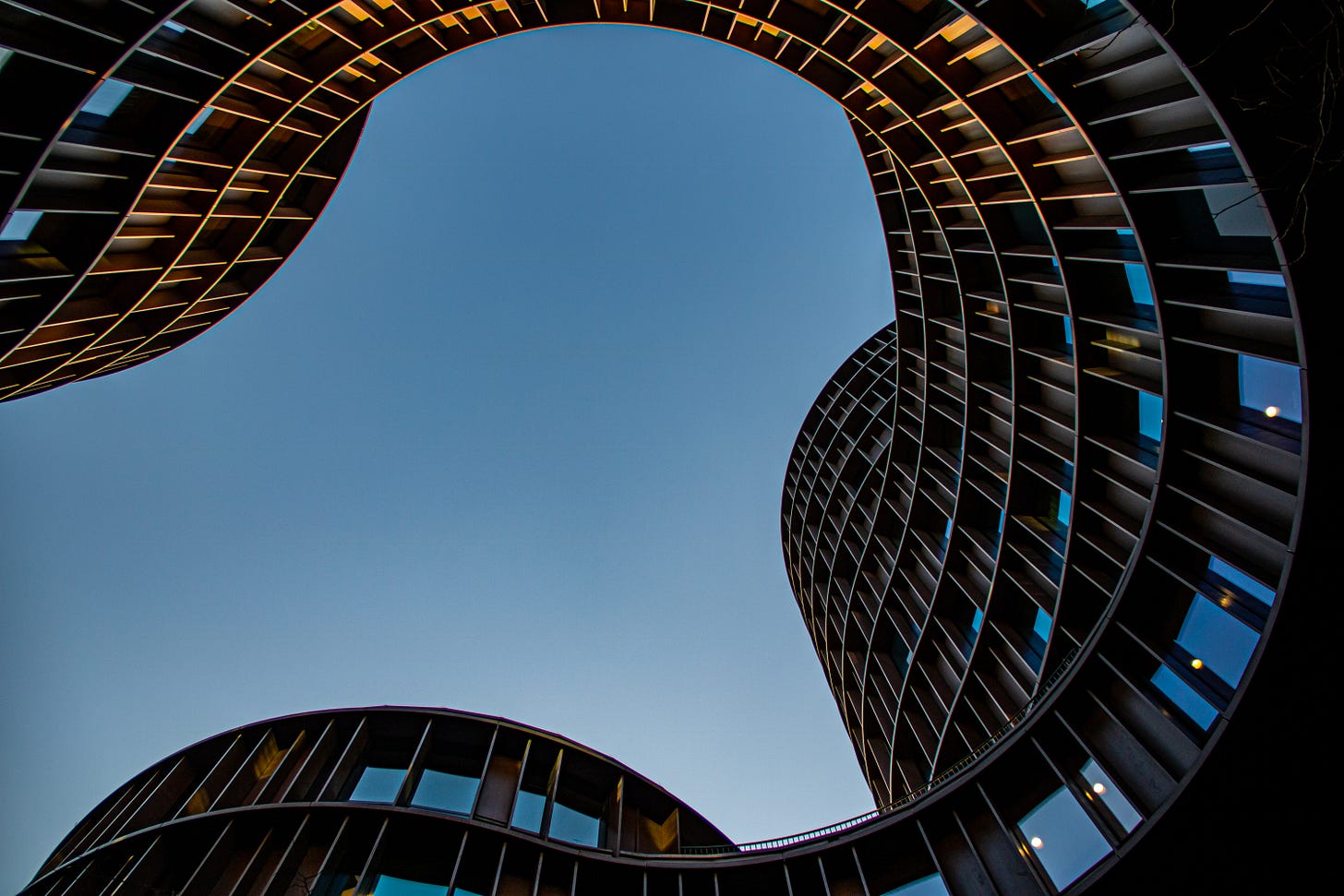
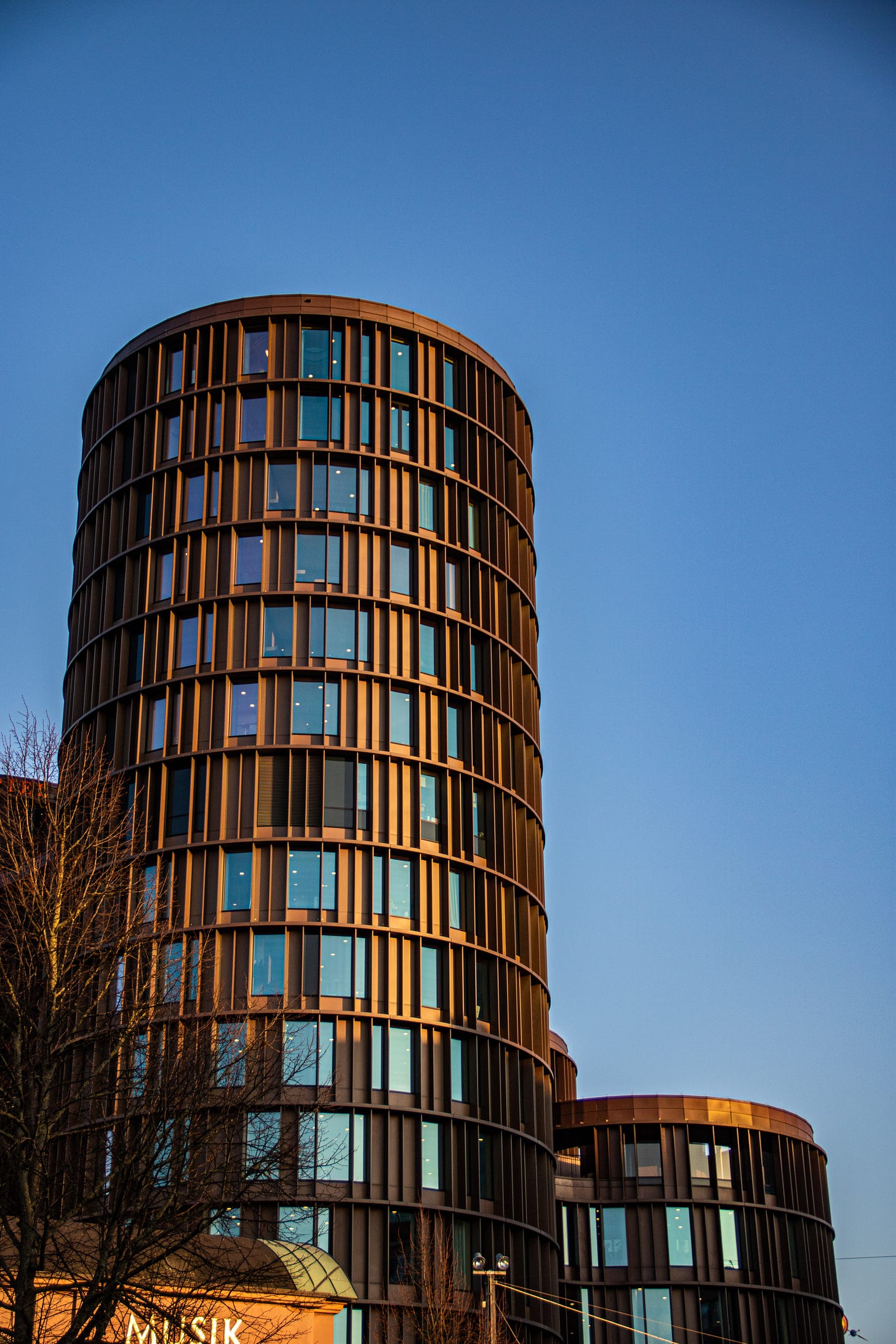




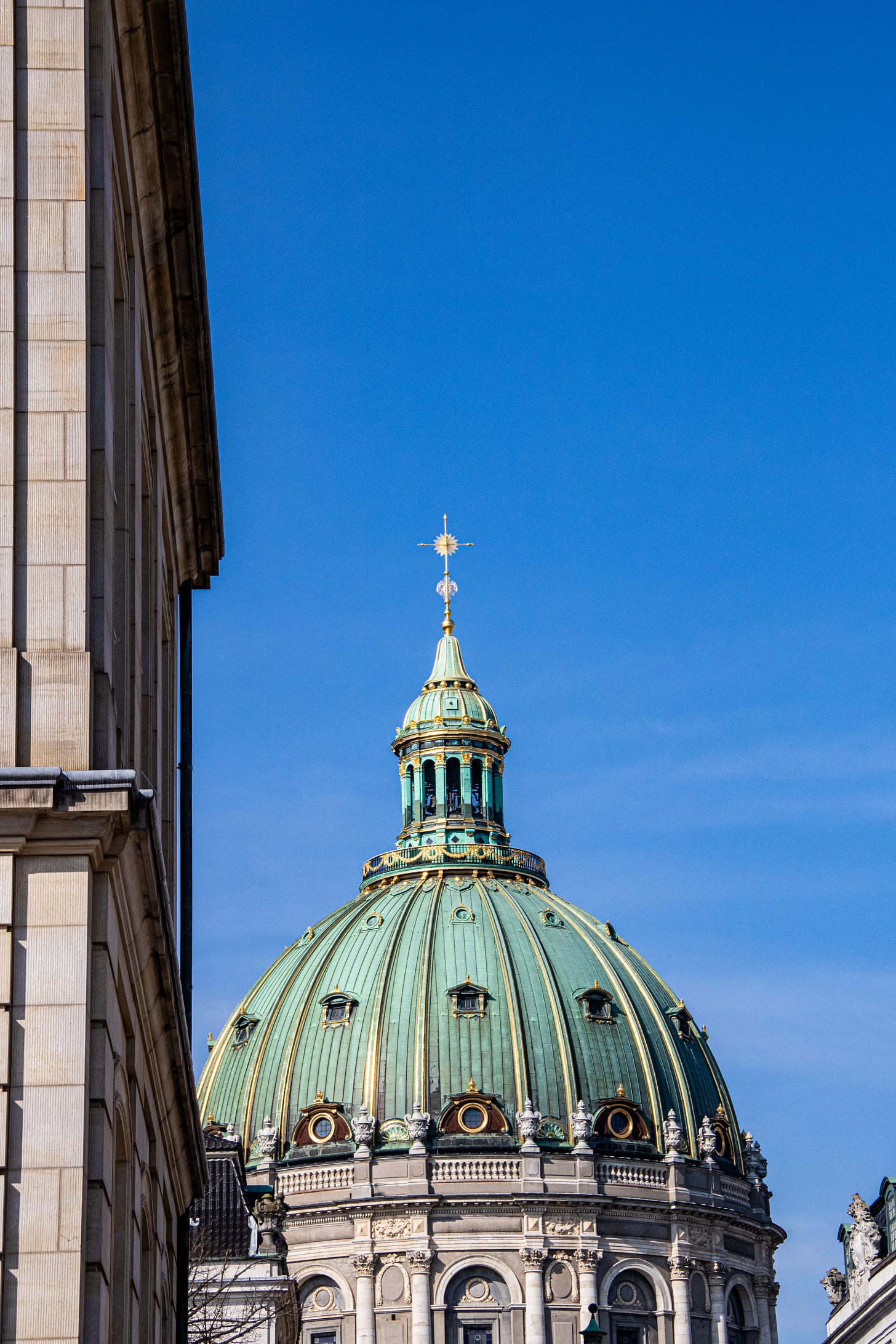







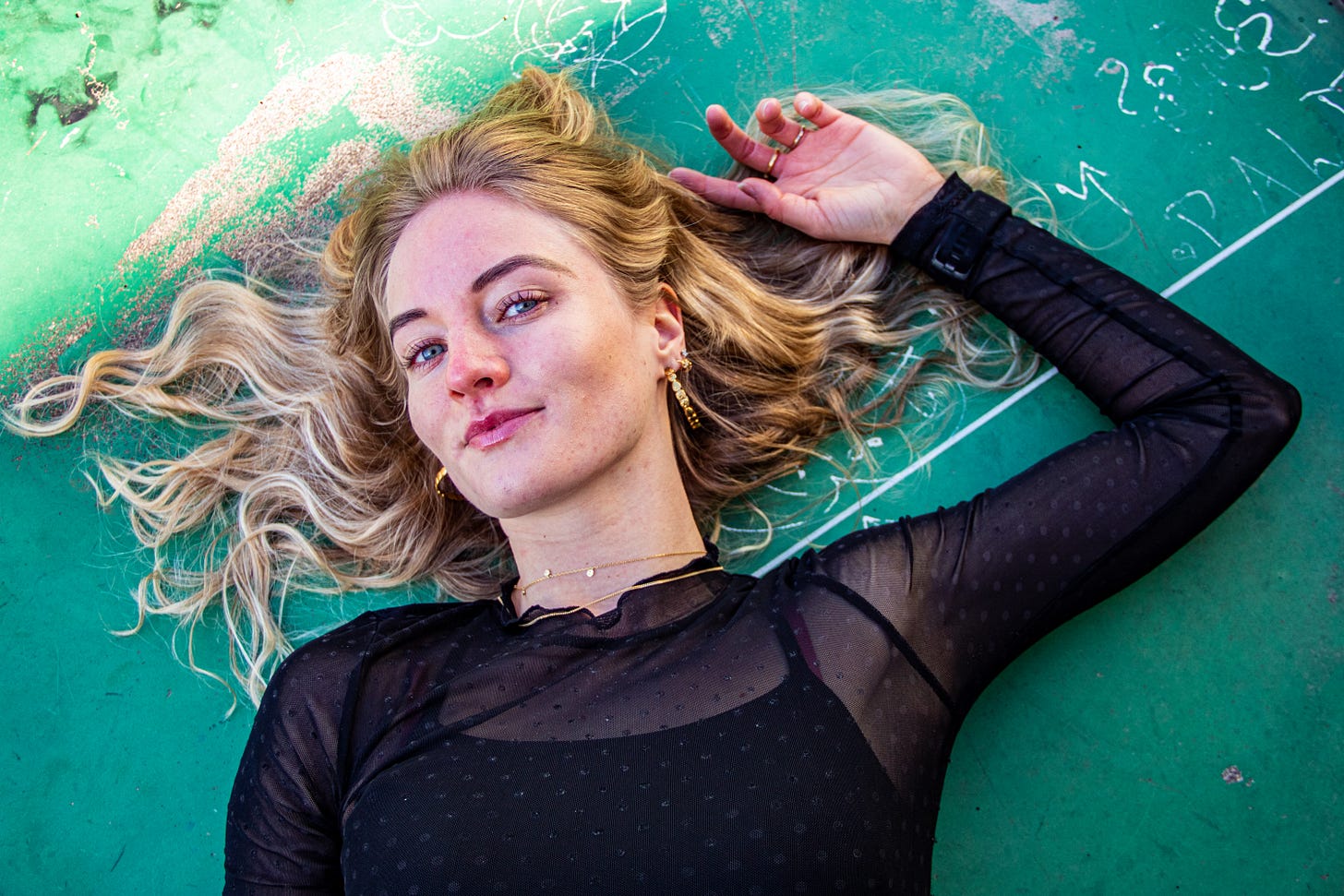



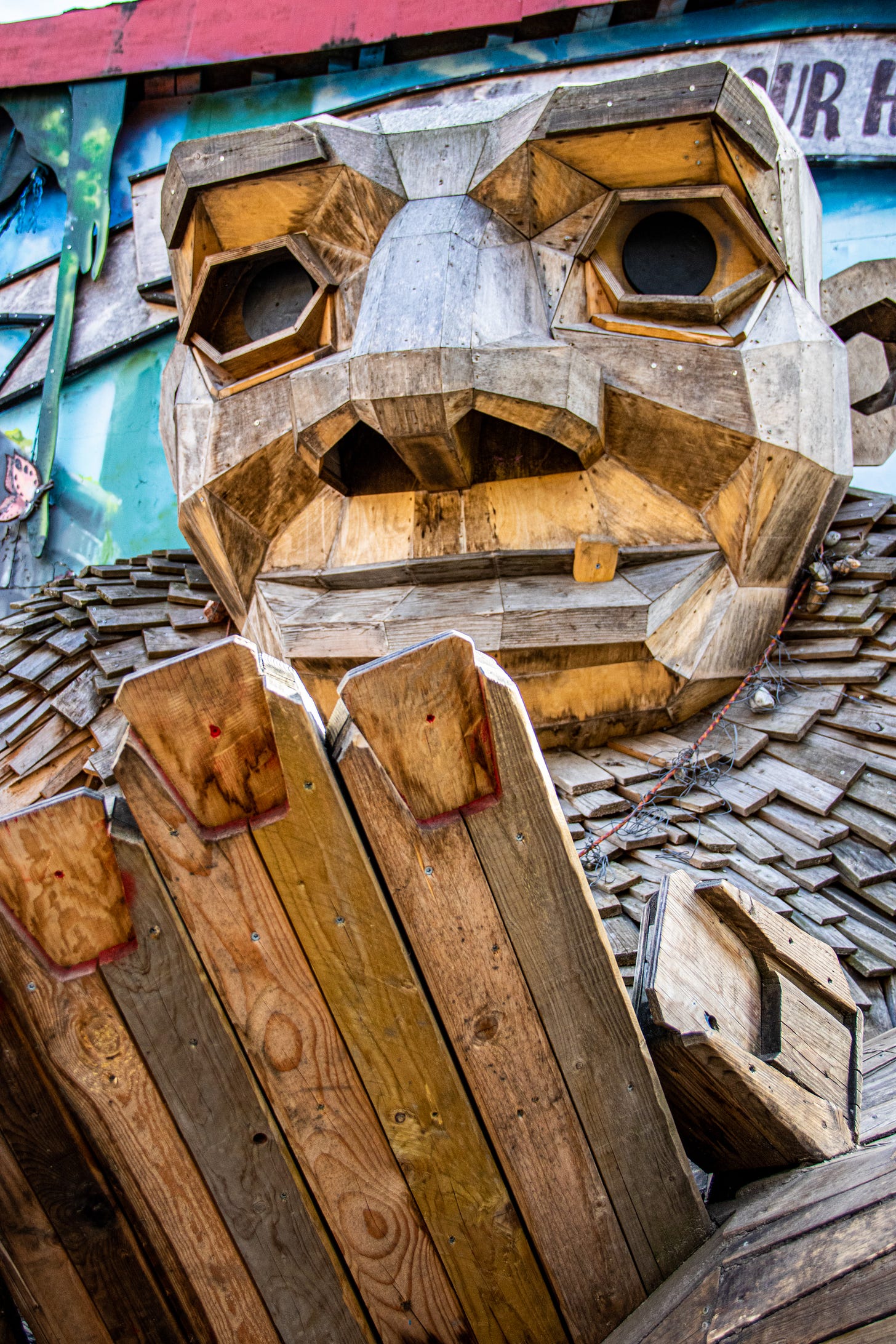
Oooo!! I’ve wanted to visit Copenhagen for many years! Thank you for this!!!
I think Copenhagen starts when you are done sightseeing. Judging from the photos, you visited during good weather and that is when the city really shines. Reffen, Nørrebro, Islands brygge. So many nice places where people are "just" hanging out.
Thanks for the nice pics !